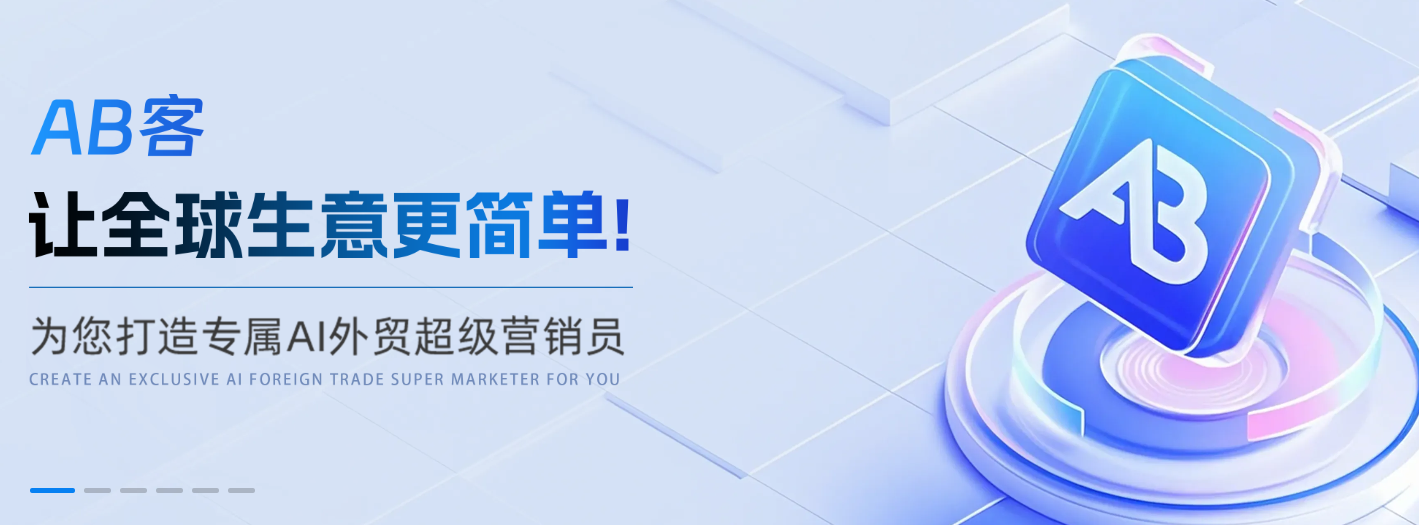 400-076-6558智领未来,外贸超级营销员
400-076-6558智领未来,外贸超级营销员
 400-076-6558智领未来,外贸超级营销员
400-076-6558智领未来,外贸超级营销员
In the fast-paced world of international trade, risks beyond traditional logistics and compliance issues often fly under the radar. New exporters, especially those relying heavily on website-driven marketing channels, face a spectrum of challenges — from exchange rate fluctuations and political instability to credit risks. These “other” external risks can silently erode profit margins and disrupt business continuity if not vigilantly managed.
Take the example of OceanTech Industries, a mid-sized electronics component manufacturer exporting primarily to the European Union. When the EUR/USD exchange rate dropped by 6% within a quarter — an event that could have gone unnoticed without real-time monitoring — their revenue in USD terms took a substantial hit.
By integrating an AI-driven foreign trade marketing assistant, OceanTech was able to perform real-time monitoring of exchange rate fluctuations. This AI tool automatically triggered alerts when volatility exceeded pre-established thresholds, enabling the finance team to hedge currency exposure more effectively. As a result, OceanTech reduced potential losses by approximately 4%, translating to tens of thousands of dollars saved within a few months.
Political instability is another less tangible yet impactful risk. A European machinery exporter experienced sudden order cancellations from a South American client amid escalating domestic unrest there. The firm historically relied on manual news tracking and sporadic local contacts to assess risk.

Implementing an AI-powered marketing assistant changed the game: it continuously analyzed political news, sanctions warnings, and diplomatic developments in the client’s country. This real-time intelligence allowed the company to adjust payment terms proactively and diversify their client base, reducing their exposure by over 30%. The investment in AI paid off by mitigating potential losses valued at hundreds of thousands of euros.
Credit risk manifests when overseas buyers delay payments or default, causing severe cash flow disruptions. A U.S. chemical supplier recounted how a major Asian customer missed payments twice in a single year, leading to operational challenges.
They resolved this by adopting AI-assisted credit scoring integrated into their marketing CRM. The AI analyzed historical payments, market reputation, and financial health indicators on a global scale. When early warning signs appeared, it recommended adjusting credit terms or requesting upfront deposits, decreasing overdue invoices by 18% within six months.
| Risk Management Aspect | Traditional Approach | AI-Powered Assistant |
|---|---|---|
| Exchange Rate Monitoring | Periodic manual checks, delayed reactions | Real-time alerts, predictive analytics |
| Political Risk Assessment | Manual news gathering, subjective decisions | Automated political trend analysis and forecasts |
| Credit Risk Control | Limited credit checks, reactive adjustments | Comprehensive AI credit scoring, proactive alerts |
The core advantage of deploying an external trade AI super marketing assistant lies in its integration of multi-dimensional data — currency markets, geopolitical developments, credit history — into a unified dashboard. It acts like a 24/7 sentinel, catching risks ahead of time and enabling data-driven decisions rather than gut feelings.
As an international sourcing expert once said, “This technology shifts companies from reactive firefighting to proactive risk prevention.” With global trade increasingly complex and volatile, leveraging AI-powered risk detection is no longer a luxury but a critical competitive edge.
.png)
Moreover, these AI systems can seamlessly integrate with your website marketing channels — analyzing client inquiries, purchase patterns, and regional risk factors simultaneously. This combination empowers exporters to optimize lead conversion while guarding against hidden pitfalls.
For newcomers in external trade, the temptation might be to focus solely on product quality and order fulfillment. However, overlooking risk complexity can cause rapid setbacks. As the cases above illustrate, early detection and systematic responses dramatically improve business resilience.

To sum up, the external trade landscape demands a multi-layered risk management approach:
Are you curious how these advanced risk mitigation tools can be tailored to your industry and export destinations? Discover 3 tailored external trade risk case studies for your sector that have helped companies safeguard millions in revenue while optimizing marketing efforts.
.png?x-oss-process=image/resize,h_100,m_lfit/format,webp)
.png?x-oss-process=image/resize,h_100,m_lfit/format,webp)

.png?x-oss-process=image/resize,h_100,m_lfit/format,webp)
.png?x-oss-process=image/resize,h_100,m_lfit/format,webp)
.png?x-oss-process=image/resize,h_100,m_lfit/format,webp)
.png?x-oss-process=image/resize,h_100,m_lfit/format,webp)
